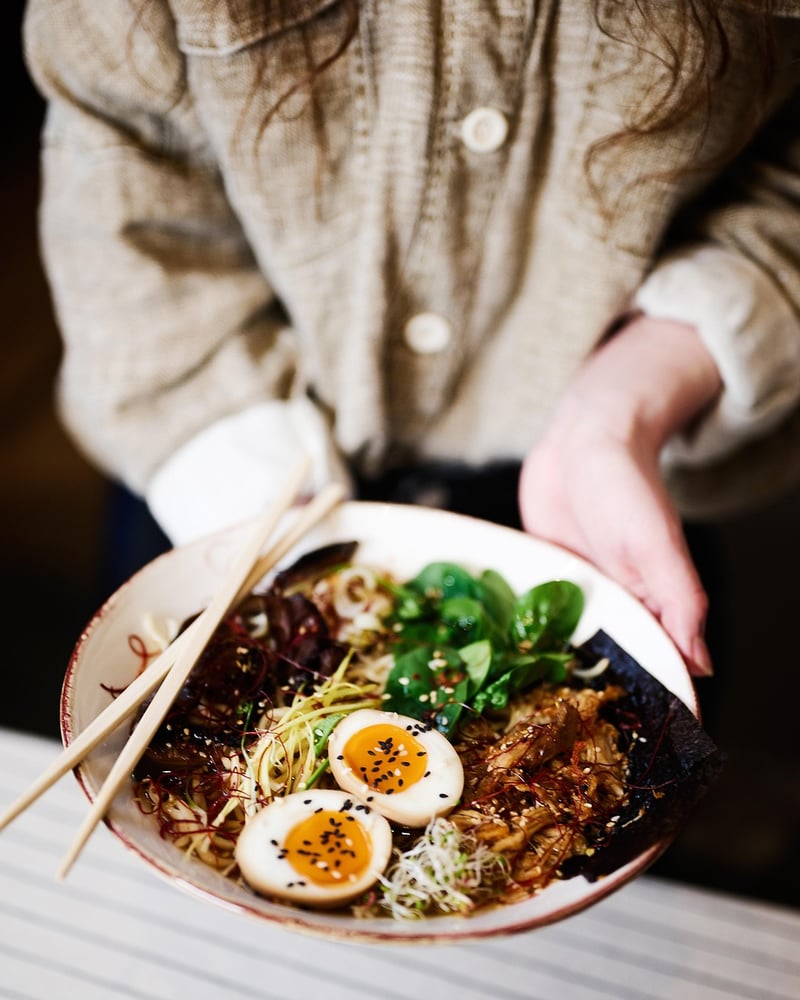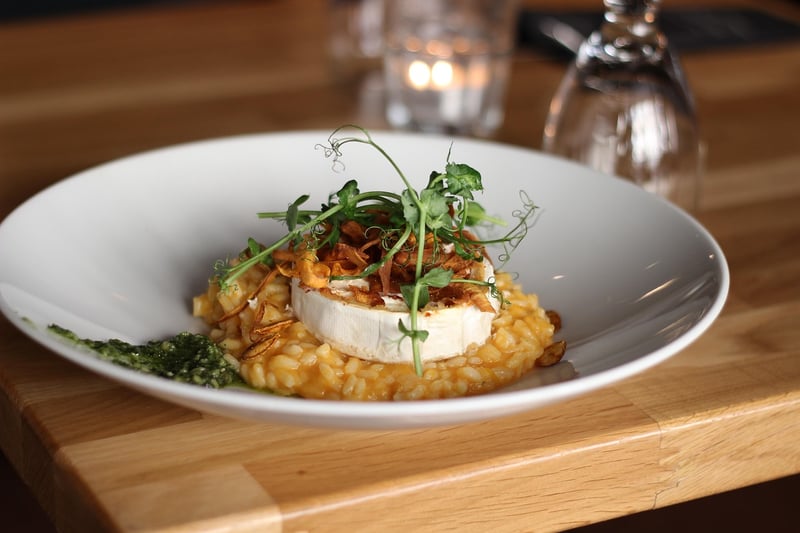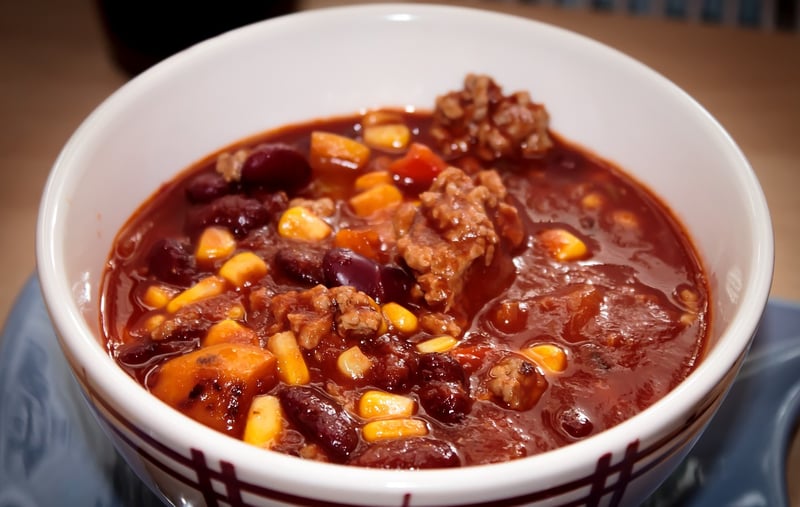Texture Contrast
The Art of Culinary Harmony: Balancing Tastes and Techniques
When it comes to creating a truly memorable dish, the key lies in the delicate balance of tastes and techniques. By harmonizing contrasting flavors and textures, chefs can elevate their creations to a whole new level. Let's explore how the interplay of sweet and savory, soft and crunchy, and spicy and mild can transform a simple recipe into a culinary masterpiece.
1. Sweet and Savory
One of the most classic flavor combinations, the marriage of sweet and savory elements can create a symphony of tastes on the palate. Think of dishes like teriyaki chicken, where the sweetness of the sauce perfectly complements the savory umami flavor of the meat.

2. Soft and Crunchy
Texture contrast is just as important as taste when it comes to culinary harmony. Pairing soft ingredients with crunchy ones can add an exciting dimension to a dish. Consider a creamy risotto topped with crispy fried shallots for a delightful textural experience.

3. Spicy and Mild
Spicy dishes can be tempered with mild components to create a well-rounded flavor profile. For example, a fiery chili con carne can be served with a cooling avocado salsa to provide balance and contrast.

By skillfully integrating these taste and texture contrasts, chefs can take their creations to new heights, delighting diners and tantalizing taste buds. Experimenting with different combinations is key to discovering your own signature style and mastering the art of culinary harmony.
Embrace the diversity of flavors and textures in your cooking, and let your creativity shine in the kitchen!
